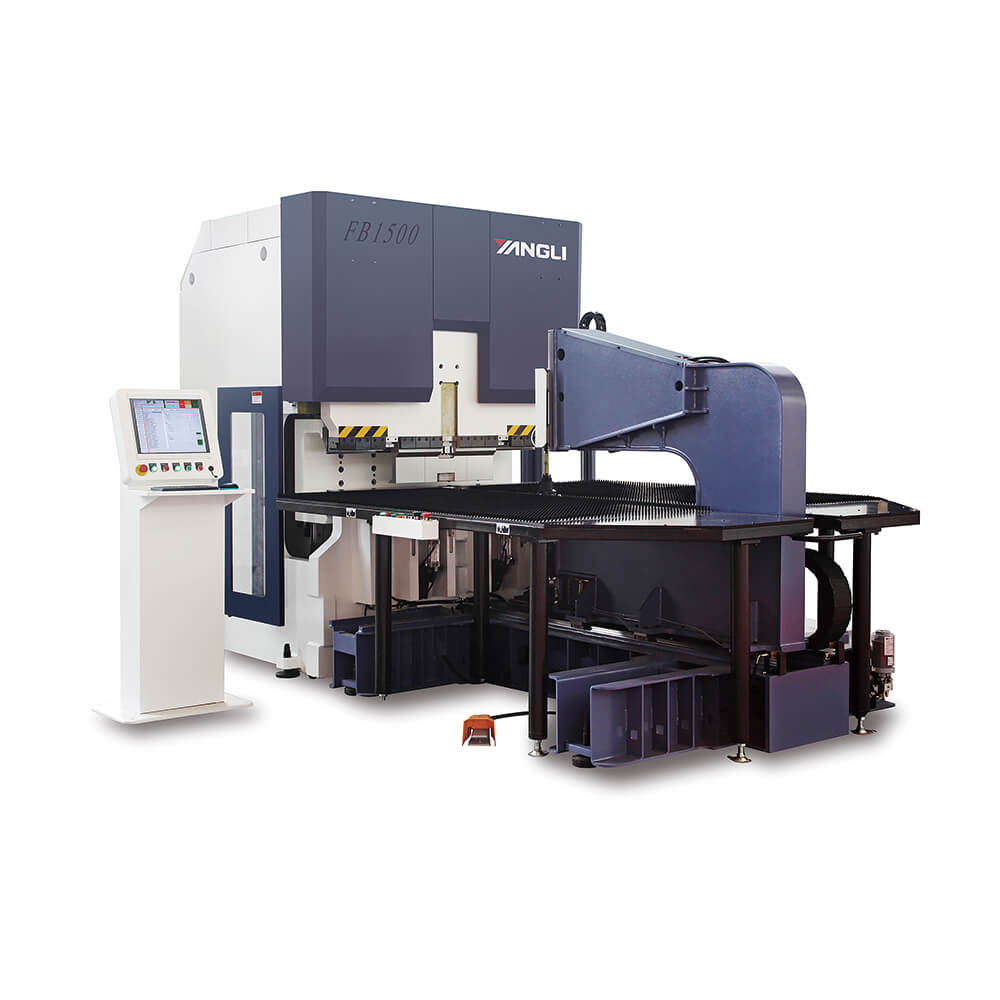Yangli group corporation ltd | Leading experts in metal forming & sheet metal machine tools
- All
- Product Name
- Product Keyword
- Product Model
- Product Summary
- Product Description
- Multi Field Search
Views: 0 Author: Site Editor Publish Time: 2025-03-24 Origin: Site
Welcome to the world of metal fabrication, where precision and versatility are key. Whether you are a seasoned fabricator or just starting out, understanding the differences between various metalworking machines is essential. In this guide, we will explore the key differences between a press brake and a bending machine. By understanding these differences, you can make informed decisions about which tool is best suited for your specific needs.
Both press brakes and bending machines are essential tools in metal fabrication, designed to shape sheet metal into desired forms. However, they differ significantly in their design, functionality, and applications.
A press brake is a specialized machine designed to bend sheet metal by applying force through a movable punch and a stationary die. It is widely used in industries such as automotive, aerospace, construction, and furniture manufacturing.
Precision and Repeatability: Press brakes, especially CNC-controlled models, offer high precision and repeatability, making them ideal for large-scale production.
Versatility: They can handle a wide range of materials and thicknesses, from thin aluminum sheets to thick steel plates.
Force Application: Press brakes apply significant force to achieve precise bends, often measured in tons.
Types: Available in hydraulic, electric, and mechanical variants, each with its own advantages and applications.
A bending machine, also known as a roll bender or plate rolling machine, is designed to bend metal sheets and plates into curved shapes. It is commonly used in applications requiring circular or curved forms, such as pipes, tanks, and structural components.
Curved Bending: Bending machines are specifically designed to create curved shapes, making them ideal for applications requiring circular or cylindrical forms.
Rolling Mechanism: They use a rolling mechanism to gradually bend the metal, ensuring smooth and consistent curves.
Versatility: Bending machines can handle a wide range of materials and thicknesses, though they are often used for thicker materials.
Types: Available in manual, hydraulic, and CNC-controlled variants, each offering different levels of precision and control.
Press Brake: Primarily used for creating precise angles and bends in sheet metal. It is ideal for applications requiring high precision and repeatability.
Bending Machine: Designed for creating curved shapes and cylindrical forms. It is ideal for applications requiring smooth, consistent curves.
Press Brake: Applies force through a punch and die, making it suitable for creating sharp and precise bends.
Bending Machine: Uses a rolling mechanism to gradually bend the metal, ensuring smooth and consistent curves without sharp angles.
Press Brake: Can handle a wide range of materials and thicknesses, from thin aluminum sheets to thick steel plates.
Bending Machine: Often used for thicker materials, though it can also handle thinner sheets for curved applications.
Press Brake: Offers high precision and repeatability, especially with CNC-controlled models.
Bending Machine: Provides smooth and consistent curves, though the precision may vary depending on the type and control system.
Press Brake: Commonly used in automotive, aerospace, construction, and furniture manufacturing for creating precise bends and angles.
Bending Machine: Used in industries requiring curved forms, such as pipe manufacturing, tank fabrication, and structural components.

When selecting between a press brake and a bending machine, consider the following factors:
Material Type and Thickness: Ensure the machine can handle the specific material and thickness you will be working with.
Bending Requirements: Determine whether you need precise angles or smooth curves.
Production Volume: Consider the volume of your production runs and the level of precision required.
Budget and Resources: Evaluate your budget and the resources available for maintenance and operation.
Understanding the differences between a press brake and a bending machine is crucial for making informed decisions in your metal fabrication projects. While press brakes are ideal for creating precise angles and bends, bending machines excel at producing smooth, curved shapes. By considering your specific needs and requirements, you can choose the right tool to achieve high-quality results and enhance your manufacturing processes.
Whether you are working on small-scale projects or large-scale manufacturing, the right tool can make all the difference. At YangLi, we are committed to providing high-quality solutions to support your metalworking needs. Contact us today to explore our range of press brakes and bending machines and discover how we can help you achieve your goals.